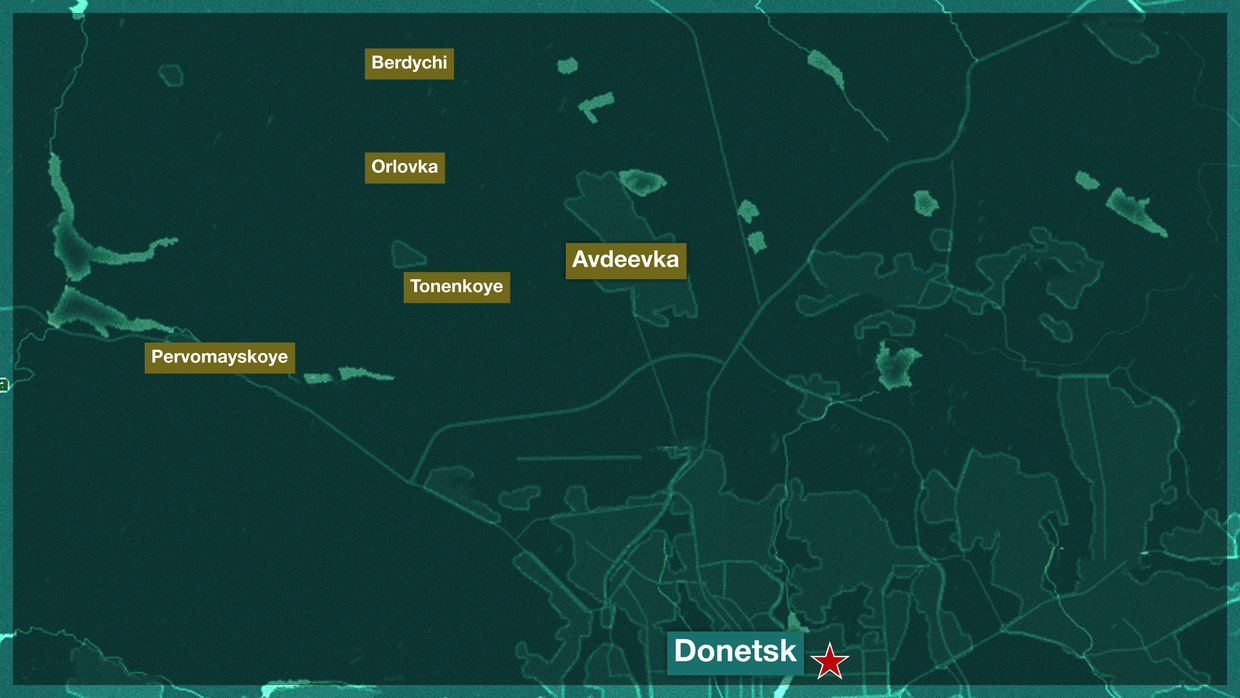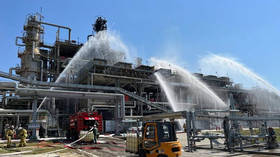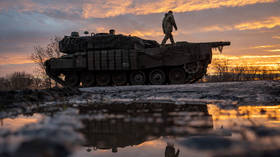Infrastructure strikes, Donbass push and anti-drone warfare: The last week in the Ukrainian conflict

The past week in the Russia-Ukraine conflict has seen continued active combat at multiple locations along the front line, with the most intense hostilities in Donbass, where Moscow continues its effort to push westwards.
Russia also launched large-scale, long-range strikes on critical Ukrainian infrastructure, including multiple thermal power plants, completely obliterating the largest facility in Kiev Region.
New gains in Donbass
On Saturday, the Russian Defence Ministry announced the liberation of Pervomayskoye, a village located some 20 km to the west of the Russian city of Donetsk. The village has been an important foothold for Ukrainian troops, as it stretches along an elaborate system of canals, ponds and dams.
Pervomayskoye has provided cover for the southern flank of Ukrainian forces which had been attempting to entrench at the Orlovka-Tonenkoye-Berdychi line after the liberation of the strategic town of Avdeevka mid-february.
While the Russian westward push in the area has seemingly slowed, the military reported minor gains to the west of the now-breached defensive line.
Among the three settlements stretching along a canal system, only the village of Berdychi remains under partial Ukrainian control, with the situation expected to worsen for Kiev following a successful advance by Russian troops to the north of the village, reported on Wednesday

Critical infrastructure strikes
Russia has continued with its renewed campaign against Ukraine’s critical facilities, prompted by Kiev’s growing efforts to attack the country’s oil refineries and other energy facilities. Last Thursday, the Russian military hit multiple energy plants across Ukraine, including the Tripolskaya Thermal Power Plant, the largest in Kiev Region. This is the first time the facility has been targeted.
The plant was hit by multiple projectiles, including new, lighter, Russian Kh-69 cruise missiles, which sparked a major fire that completely destroyed the generator hall. The Kh-69s are significantly smaller than other cruise missiles in Moscow’s inventory and can therefore be launched by fighter jets and frontline bombers, rather than by strategic aircraft, allowing for a more agile use.
The Dobrotvorskaya Thermal Power Plant in the west of Ukraine was also targeted for the first time since the beginning of hostilities. The plant was simultaneously hit by two missiles, footage circulating online suggests.
Anti-drone tactics
Kamikaze FPV drones have become a growing problem for both sides over the course of the conflict, prompting servicemen to come up with additional means to protect their armored and soft vehicles, particularly from strikes from above and the rear. Crude anti-drone grilles and nettings, as well as factory-made armor, colloquially known as “grills,” have become a common sight.
The protective contraptions have become increasingly unsightly and sizeable. To this end the Russian military apparently fielded materiel featuring ultimate anti-drone protection: the “Tsar grill.” A T-72 tank, boasting an anti-drone shell fully covering the vehicle, debuted last week near the town of Krasnogorovka, to the west of Donetsk, which has seen intense combat over the past few weeks.
The tank, footage of which promptly went viral, actually fared well in combat. The vehicle, which apparently acted as a heavy APC, spearheaded a successful attack on Krasnogorovka, allowing Russian forces to reach residential areas on its southeastern outskirts.
The tank survived the attack and has since starred in a new video that emerged this week. The vehicle has apparently received new modifications, becoming even more ungainly, and now features a tower of drone jammers on the roof of the ‘grill.’ The tank has been seen rolling through central Krasnogorovka, as well as successfully leaving the settlement, despite several close explosions.













